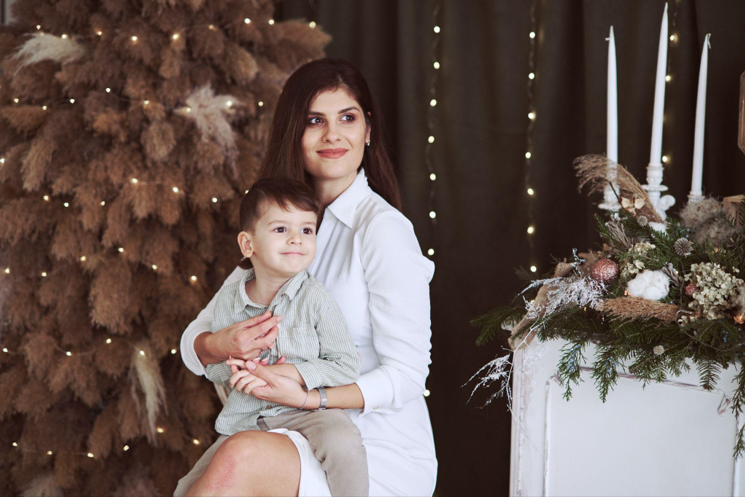The Medieval Origins of Artificial Trees
In medieval times, the concept of an artificial tree that could be used to celebrate Christmas was entirely foreign. Instead, people opted for real fir and pine trees, brought into their homes as part of the holiday tradition. However, a few centuries down the line, something unexpected happened. Kings and Queens would play an instrumental role in the evolution of the Christmas tree tradition, so much so that it has become a ubiquitous symbol of the holiday season today.
While the exact moment when arborescence was first used to celebrate the winter solstice is shrouded in mystery, many historians traced the tradition of the first Christmas trees to 15th-century Eastern Europe, where they were commonplace. Later, the tradition became more widespread in Germany in the 16th and 17th centuries.
Royalty’s Overarching Influence
Artificial trees as we know them today emerged in the 19th century when British Queen Victoria made using artificial trees stylish. Until this point, trees had usually been harvested from forests and brought inside to be decorated as part of the Christmas tradition. But as these evergreens became increasingly scarce, people began to feel the need for a more sustainable alternative.
While the idea of using artificial trees was not new then, the first mentions of modern-style artificial Christmas trees can be traced to the 1880s in America, when Addis Brush Company used what was then a novelty—brush bristles—to create Christmas trees. Soon, artificial Christmas trees became more popular, as they were more durable than their counterparts and could be used repeatedly without any degradation in their appearance.
The use of artificial Christmas trees reached new heights in the 20th century when tinsel-covered trees and brightly lit plastic trees made from petroleum-based resins became more prevalent. The new artificial trees provided an opportunity to push the envelope on the holiday decoration tradition with eye-catching fluorescent colors and unique styles and designs.
In the end, what started as a simple tradition in medieval times evolved into a beloved holiday custom that has, as we’ve seen, been influenced by regal figures throughout history. We are now where artificial Christmas trees are available in various styles, colors, and sizes, from elegant to playful, and have become the norm in most households. Without the influence of the Kings and Queens of yesteryear, this holiday tradition wouldn’t likely be with us today.

